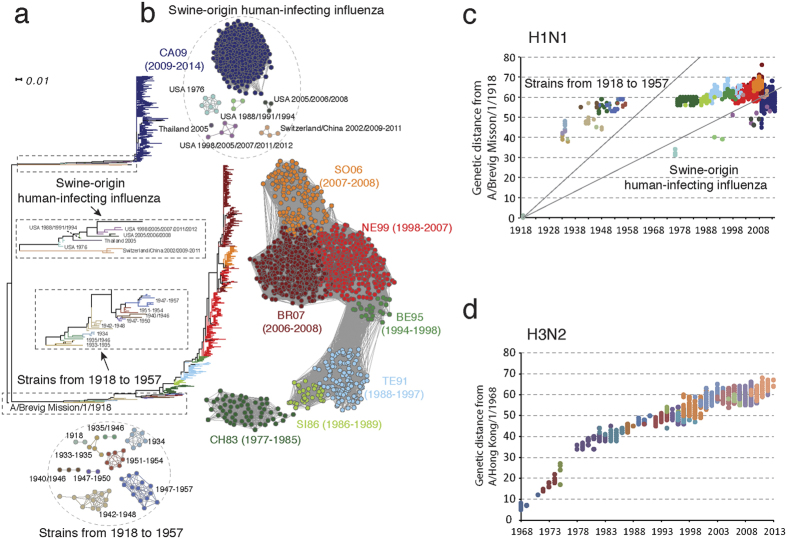Figure 2. Antigenic and genetic evolution of human influenza A (H1N1) viruses.
(a) Phylogenetic tree of the HA1 region of the H1N1 HA protein. The tree was rooted using A/Brevig Mission/1/1918 strain as outgroup. (b) Inferred antigenic correlation network and antigenic clusters of human influenza A (H1N1) viruses. Clusters are colored and named as the abbreviation of vaccine strains. The circulation periods of each cluster are provided in parenthesis. (c) Genetic distance (calculated as amino acid substitutions) on HA1 of human influenza A (H1N1) strains to the A/Brevig Mission/1/1918 (H1N1) virus, each dot represents a virus strain. The strains were colored as antigenic clusters in Fig. 2b. The strains from 1918 to 1957, strains from 1977 to 2008, the swine-origin human-infecting strains were separated by gray lines. (d) Genetic distance (calculated as amino acid substitutions) on HA1 of human influenza A (H3N2) strains to the A/Hong Kong/1/1968 (H3N2) virus. Strains were colored as the antigenic clusters they belonged to.

